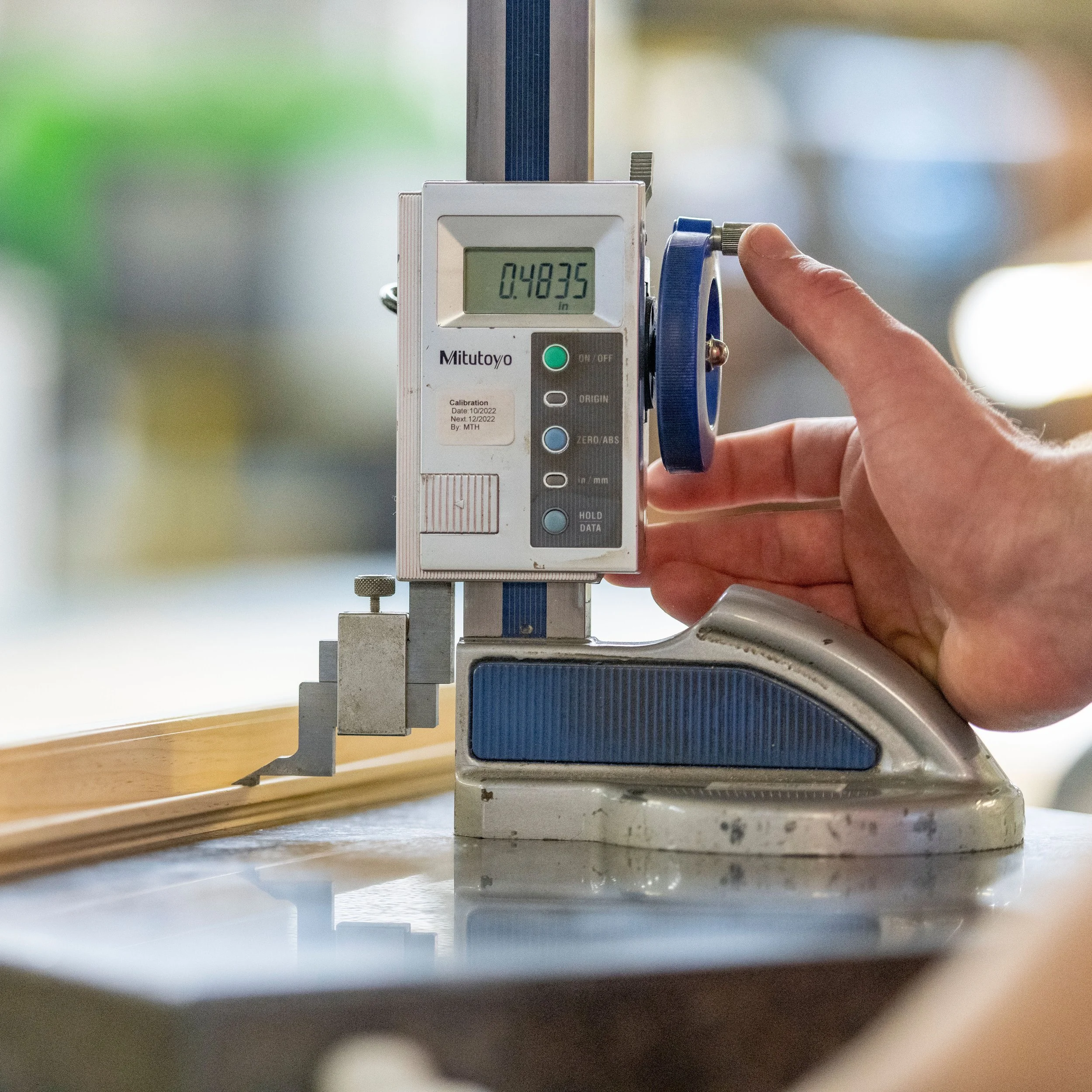Inspiring the Turning Points Needed for Turnarounds
Transformations can come in various shapes, sizes, and scale. But when it comes to a true turnaround, you reach an almost existential point of crisis. Suddenly, leaders and other key workers are plucked from their normal day-to-day and tasked with getting a factory back on the rails.
That was the case several years back when a note got passed down the ranks to my desk, nudging me to look into issues at GE’s plant in Puerto Rico. The note contained a circled line item showing some 40,000 customer complaints. Next to it was my name, accompanied by a question mark, which I took to mean: Can you fix this?
In manufacturing, it’s easier than any of us would like to believe for things to go from good to bad to totally out of control.
During any turnaround I lead, objective number one is to see through the chaos to understand what’s actually going wrong.
In this case, a barrage of complaints had put the plant into a constant state of dousing fires. Nobody had time to search out the source of ignition.
My first course of action was to implore our service rep who was taking some 50 calls a day to be honest with the customers on the other end of the call. I gave him license to tell me about one call per day, that’s it. That freed us up to put several people at the factory on a few basic lean manufacturing tasks and report back about how to improve.
But it’s funny how even the problems that don’t seem like people problems often end up having people solutions. We’d instituted some of the initial findings to improve operations, but things didn’t really take off until a couple weeks later, when I got lucky. I was on the front patio petting the dogs early in the morning and waving at folks as they showed up. It soon became clear that the employees thought I was outside to welcome them to work, a gesture that ended up holding a lot of weight within the loving, warm, social culture that is Puerto Rico.
It is the most subjective of measures, to be sure, but I know in my bones that was a turning point.
We continued winning people over by accounting for basic needs—cleaning washrooms and providing better shoes for safety, for instance. People bought into the turnaround, and I started hearing proactive ideas about how to improve things at the plant. Soon, we saw our backlog beginning to shrink, and it was not long before I felt comfortable saying the operation was back on solid footing.
How do you know when a turnaround is complete? You’re looking for sustainability, for starters—the implemented changes become almost second nature, as ingrained as the alternative was before the work began. Over time, you get good at seeing the subjective signs of success. A leader who was broken down regains her confidence and the trust of her peers. A longstanding dispute among employees reaches closure. The tone of conversation shifts around the plant.
Turnarounds, it turns out, are far more than words or numbers on a page. They take people buying into a new path forward and taking ownership in shaping a better future.
They’re also incredibly gratifying. They’ve been some of the most memorable highlights of my career not only because, when done right, they have massive potential to improve a business—but also because they help the plant’s employees regain pride in their work.
